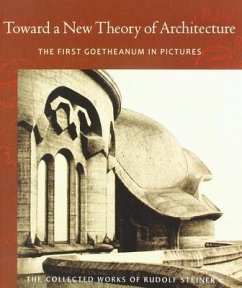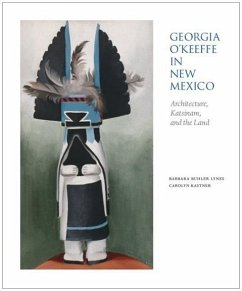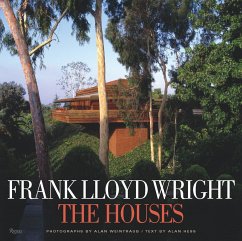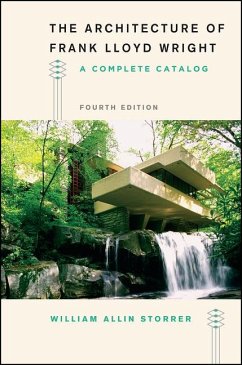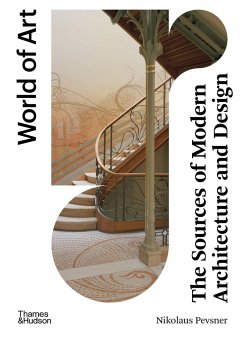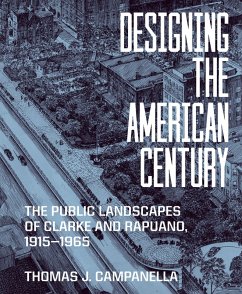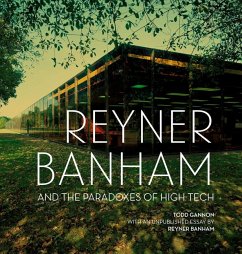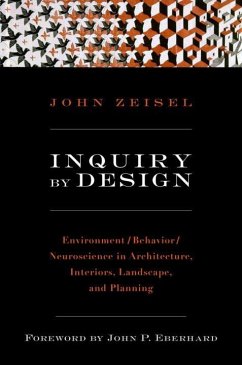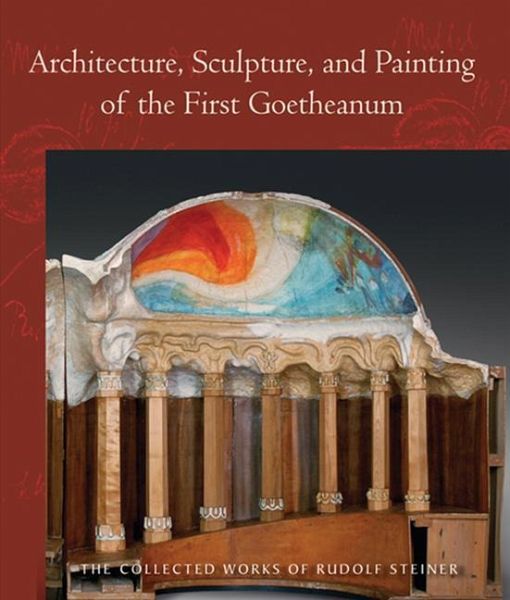
Architecture, Sculpture, and Painting of the First Goetheanum
(Cw 288) Volume 288
Herausgeber: Amrine, Frederick / Übersetzer: Amrine, Frederick
Versandkostenfrei!
Versandfertig in über 4 Wochen
33,99 €
inkl. MwSt.

PAYBACK Punkte
17 °P sammeln!
9 lectures in various cities, April 1915-June 1920 (CW 288) "As rigidified in the aesthetic formulas of the École des Beaux-Arts and nineteenth-century academic architecture, these proportions, orders, and geometrical types were no longer suited to a living architectural expression, and modernism was obliged to abandon them. One attempt to recapture this connection was made by Le Corbusier with the use of his 'Modular' figures based on human bodily proportion as units of architectural measurement. Another effort was made from the organic functionalist side by Steiner, who proposed that in the...
9 lectures in various cities, April 1915-June 1920 (CW 288) "As rigidified in the aesthetic formulas of the École des Beaux-Arts and nineteenth-century academic architecture, these proportions, orders, and geometrical types were no longer suited to a living architectural expression, and modernism was obliged to abandon them. One attempt to recapture this connection was made by Le Corbusier with the use of his 'Modular' figures based on human bodily proportion as units of architectural measurement. Another effort was made from the organic functionalist side by Steiner, who proposed that in the architectural art everything 'points to, and proceeds from, the human form.' His architectural approach tried to find a renewed way to attune his buildings holistically to their human users by employing patterns of the life forces or formative forces within the human constitution." -- David J. Adams (introduction) The planning, construction, and execution of the functional work of art that was the First Goetheanum was an endeavor that occupied Rudolf Steiner for the better part of seven years. Every detail, from the seemingly small--such as the shape and feel of the door handles--to the grand motifs of the paintings on the ceilings of the cupolas and the building's intended sculptural centerpiece, was lovingly designed to meet and inspire the individual human beings who would some day encounter it, not with didactic symbolism, but with the transparent reality of the spiritual foundation of humanity and the world, and the open possibility to both know this spiritual foundation and to work with it practically and artistically for the good of all. The lectures in this volume--accompanied by reproductions of more than a hundred slides--were heard by various audiences as the building neared completion and before it was destroyed by fire. The text is complemented with a foreword by the esteemed architect Douglas J. Cardinal, as well as an important and revelatory Introductory essay by David Adams: "The Form-Function Relationship in Architecture and Nature: Organic and Inorganic Functionalism." This volume of The Collected Works of Rudolf Steiner is essential reading for anyone who wants to gain a deeper understanding of the artistic motivation of Rudolf Steiner as an artist and architect, while also clearing up many of the misunderstandings that the building and its sculptural and painted components have inevitably given rise to, both then and now. This book is a translation from the German edition Architektur, Plastik und Malerei des ersten Goetheanum: Neun Vorträge, gehalten an verschiedenen Orten zwischen dem 10. April 1915 und dem 12. Juni 1920, herausgegeben aufgrund von stenographischen, teilweise von Rudolf Steiner korrigierten Nachschriften (GA 288).




